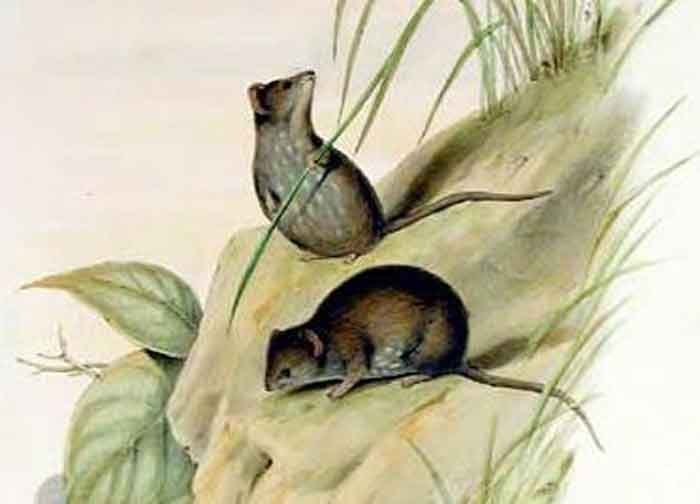Superregnum: Eukaryota
Cladus: Unikonta
Cladus: Opisthokonta
Cladus: Holozoa
Regnum: Animalia
Subregnum: Eumetazoa
Cladus: Bilateria
Cladus: Nephrozoa
Superphylum: Deuterostomia
Phylum: Chordata
Subphylum: Vertebrata
Infraphylum: Gnathostomata
Megaclassis: Osteichthyes
Cladus: Sarcopterygii
Cladus: Rhipidistia
Cladus: Tetrapodomorpha
Cladus: Eotetrapodiformes
Cladus: Elpistostegalia
Superclassis: Tetrapoda
Cladus: Reptiliomorpha
Cladus: Amniota
Cladus: Synapsida
Cladus: Eupelycosauria
Cladus: Sphenacodontia
Cladus: Sphenacodontoidea
Cladus: Therapsida
Cladus: Theriodontia
Cladus: Cynodontia
Cladus: Eucynodontia
Cladus: Probainognathia
Cladus: Prozostrodontia
Cladus: Mammaliaformes
Classis: Mammalia
Subclassis: Trechnotheria
Infraclassis: Zatheria
Supercohors: Theria
Cladus: Metatheria
Cladus: Marsupialiformes
Cohors: Marsupialia
Cladus: Australidelphia
Cladus: Eomarsupialia
Ordo: Dasyuromorphia
Familia: Dasyuridae
Subfamilia: Sminthopsinae
Tribus: Planigalini
Genus: Planigale
Species (7): P. gilesi – P. ingrami – P. kendricki – P. maculata – P. novaeguineae – P. tealei – P. tenuirostris
Name
Planigale Troughton, 1928: 282
Type species: Planigale brunneus Troughton, 1928, by monotypy.

Planigale maculata
References
Primary references
Troughton, E.L.G. 1928. A new genus, species, and subspecies of marsupial mice (family Dasyuridae). Records of the Australian Museum 16(6): 281–288. DOI: 10.3853/J.0067-1975.16.1928.789
Additional references
Painter, J., Krajewski, C. & Westerman, M. 1995. Molecular phylogeny of the marsupial genus Planigale (Dasyuridae). Journal of Mammalogy 76(2): 406–413. DOI: 10.2307/1382351 Paywall Reference page.
Umbrello, L.S., Cooper, N.K., Adams, M., Travouillon, K.J., Baker, A.M., Westerman, M. & Aplin, K.P. 2023. Hiding in plain sight: two new species of diminutive marsupial (Dasyuridae: Planigale) from the Pilbara, Australia. Zootaxa 5330(1): 1–46. DOI: 10.11646/zootaxa.5330.1.1 Open access Reference page.
Vernacular names
español: Ratones marsupiales
svenska: Dvärgpungmöss
The genus Planigale are small carnivorous marsupials found in Australia and New Guinea. It is the only genus in the tribe Planigalini of the subfamily Sminthopsinae. The genus has long been known to contain several cryptic species. Of the five Planigale species currently recognized, two (P. ingrami and P. maculata) are known species complexes.[1]
The seven species currently recognized are:
Paucident planigale, Planigale gilesi
Long-tailed planigale, Planigale ingrami
Orange-headed Pilbara planigale, Planigale kendricki[1]
Common planigale, Planigale maculata
New Guinean planigale, Planigale novaeguineae
Cracking-clay Pilbara planigale, Planigale tealei[1]
Narrow-nosed planigale, Planigale tenuirostris
Species identification
Planigale in a terrarium
Planigales are the smallest of all marsupials, some members of this carnivorous group weighing less than 5 grams. Being small, nocturnal and secretive, they are rarely seen; however, they are generally common in many parts of the arid interior of Western Australia. Their small size and cryptic nature make the various species difficult to tell apart, with head length and shape, body weight, footpad shape and granulation, fur colour, location, and habitat all being important aids to live identification.[1] The Western Australian Museum has taken a series of footpad photos to aid in identification of Planigale species.[2]
References
Umbrello, L. S.; Cooper, N. K.; et al. (2023-08-14). "Hiding in plain sight: two new species of diminutive marsupial (Dasyuridae: Planigale) from the Pilbara, Australia". Zootaxa. 5330 (1): 1–46. doi:10.11646/zootaxa.5330.1.1. ISSN 1175-5334.
"Planigales | Western Australian Museum".
Groves, C. P. (2005). Wilson, D. E.; Reeder, D. M. (eds.). Mammal Species of the World: A Taxonomic and Geographic Reference (3rd ed.). Baltimore: Johns Hopkins University Press. pp. 36–37. ISBN 0-801-88221-4. OCLC 62265494.
Retrieved from "http://en.wikipedia.org/"
All text is available under the terms of the GNU Free Documentation License

